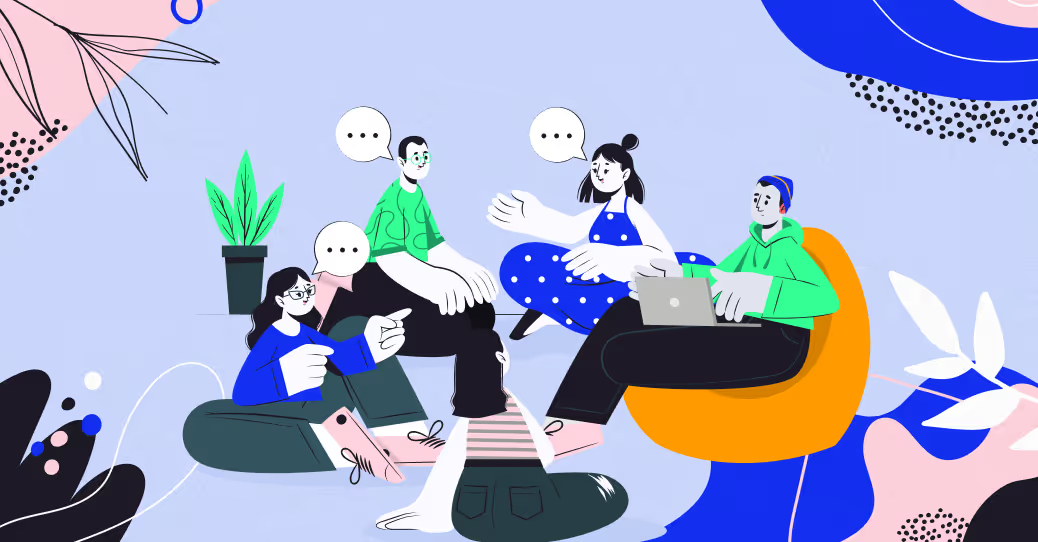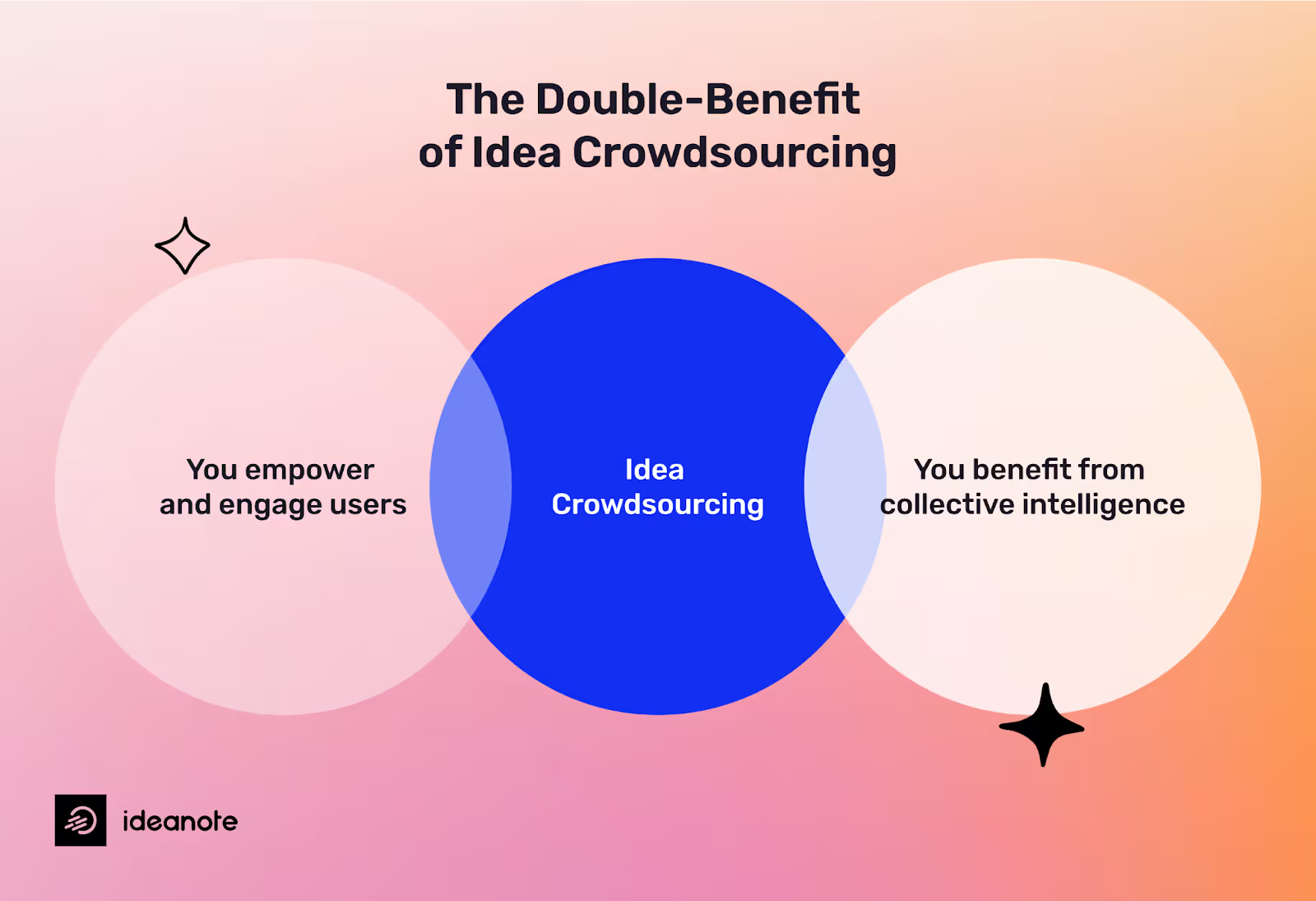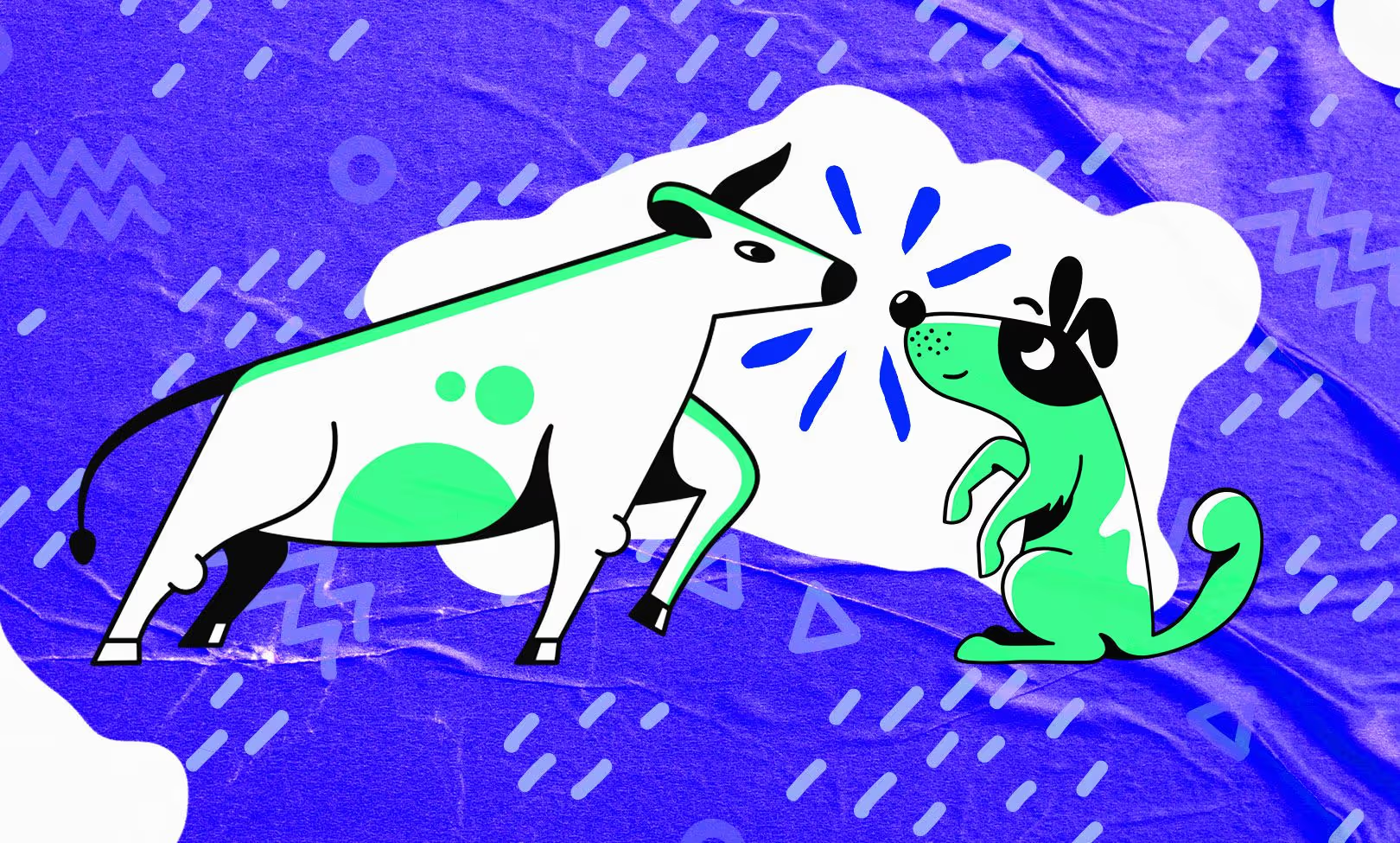
Idea Crowdsourcing: Unlock Your Team's Potential
In 1714, a sailor's inability to measure longitude could mean the difference between survival and disaster—so the British government turned not to experts, but to everyone. They gambled on the wisdom of the collective, and history proved them right. Now imagine this: what if your next life-changing idea wasn’t locked inside a boardroom, but scattered across your team, your customers, even complete strangers? This article explores how to harness that untapped well of innovation in today’s complex digital era.
In 1714, the British government needed to solve the problem of how to measure longitude at sea.
So, they decided to offer a substantial £20,000 reward for anyone who could come up with a valid solution.
Back then, the term “crowdsourcing” didn’t exist, but it’s exactly what the Brits did. The practice had existed long before Jeff Howe coined the term “crowdsourcing” in 2006, originating from the idea that businesses at the time were “outsourcing work to the crowd” over the Internet.
Both the term and the practice were very popular in 2010 and the years that followed, when social media platforms first started gaining popularity.
By having easy and interactive access to the masses, businesses and individuals could leverage the minds of many. So, crowdsourcing took many forms: from bands asking fans where they should tour next to companies looking for technological solutions.
Since then, fewer and fewer businesses are leveraging the power of crowdsourcing. Not because it’s not beneficial, but because the nature of the Internet has changed, and the old crowdsourcing methods don’t work anymore.
In this guide, we’ll explain why crowdsourcing is still relevant and how to crowdsource and manage ideas effectively in the digital age.
But first, let’s start by defining what crowdsourcing is.
What is Idea Crowdsourcing?
Crowdsourcing is the practice of putting a question or task in the hands (or the minds) of a large group of people and asking them to provide their input. These people, who can be paid or unpaid, are typically found online.
Idea crowdsourcing is one of the crowdsourcing types, next to crowdfunding, crowd voting, and crowd creation. It’s the process of gathering ideas from a large group of people.
This approach serves a dual purpose: acquiring diverse ideas from the crowd and cultivating a thriving community around your business.

Benefits of Crowdsourcing Business Ideas
When many people contribute their ideas to solve a problem, improve a product, or innovate an existing solution, you can get out-of-the-box ideas coming from different perspectives and points of view.
While every brilliant idea deserves to be rewarded, crowdsourcing is a low-cost idea-generation solution that can bring a massive return on investment. And its benefits go beyond just contributing to the growth and innovation of your product itself.
By asking customers to share their ideas with you, you drive their attention and awareness toward your product or service.
What’s more, being actively engaged in the creation or growth of your brand can foster loyalty and bring together a community of like-minded individuals that share your brand values.
Plus, when your customers contribute their ideas on how to improve your brand or products, you can gain valuable information about them.

Also read: Take Your Ideation Sessions to the Next Level
4 Successful Crowdsourcing Ideas Examples
To illustrate how crowdsourcing ideas works and the benefits it can bring, let’s take a closer look at these real-life examples of successful idea crowdsourcing initiatives.
The BridgeBuilder Challenge
In 2017, the GHR Foundation launched its BridgeBuilder Challenge - an idea crowdsourcing initiative looking to find radical solutions for urgent, global challenges.
The BridgeBuilder Challenge generated 650 ideas from 185 participating countries. One of the winning ideas proposed a solution for a critical issue that Myanmar was facing. It had lost over 1 million hectares of forest mangroves, and the efforts to restore the fragile coast were painstakingly slow.
The challenge was to find a faster solution to replant the forest. The idea found through crowdsourcing proposed a solution: custom-made drones capable of planting up to 100,000 trees in one day.
For the winning prize of $1 million, this groundbreaking idea was developed by BioCarbon Engineering (BCE) - a startup formed by an ex-NASA engineer.
The Circular Design Challenge
How to create small wrappers without causing plastic waste? This was one of the questions the Ellen MacArthur Foundation asked the crowd in 2017. In response, its Circular Design Challenge, backed by a $1 million price, produced 619 ideas.
An innovative solution to the problem emerged: a consumable food packet made from seaweed that is both healthy when consumed and eco-friendly when disposed of. The winning idea originated from a startup based in Indonesia, a country heavily affected by ocean plastic pollution.
What's more, companies like PepsiCo, Nestle, Veolia, and Marks & Spencer helped to shape and judge the challenge, ensuring that the solutions proposed by the participants were grounded in business realities.
Future Melbourne 2026
How to plan for a city’s future? This was the question asked by the Melbourne City Council through its community collaboration project Future Melbourne 2026. They allowed everyone to contribute their ideas to shape the strategic plan for the next decade.
Through a combination of online and in-person engagement spanning two months, they received 970 ideas. A citizen jury used these ideas to rewrite the Future Melbourne plan, presenting the revamped version to the city in August 2016.
Nike Design with Grind
“How might we create a waste-free, circular future by designing everyday products using Nike Grind materials?” That’s the question Nike has asked the crowd.
In their Nike Design with Grind Challenge, they invited people to brainstorm ideas for everyday products from used footwear and manufacturing scraps. Currently, the submissions are undergoing review.
Also read: Keys for Enabling Blue Sky Thinking in Your Business
How to Crowdsource Ideas in 2023: Open Innovation Is the Key
According to a study by eYeka, 85% of the top global brands were crowdsourcing in the decade leading up to 2016.
This was a time when social media platforms were booming, making crowdsourcing simple and accessible - all you had to do was post and gather ideas. Back then, social media platforms were open and made crowdsourcing easy.
However, social media platforms have changed since, making it harder to crowdsource now that people are migrating to more closed platforms like TikTok, which isn’t favorable for crowdsourcing.
What’s more, social media has become saturated, making it harder to catch users’ attention and cut through the noise - even on open platforms like Facebook. Plus, the flood of bots and scams makes those platforms less reliable than ever.
It's hard for one-shot crowdsourcing initiatives to gain popularity. A much more effective approach to crowdsourcing now lies in treating it as a matter of company culture. Instead of isolated initiatives, invest in an ongoing crowdsourcing project that will eventually become integral to your company's identity.
Also read: Idea Validation: How To Test Your Business and Product Ideas
.avif)
Build a home for continuous idea crowdsourcing
To crowdsource effectively in 2023, you need two key elements: to create your own crowdsourcing space and to keep the ideas flowing by engaging in ongoing crowdsourcing instead of one-off campaigns.
A great example of what successful crowdsourcing looks like today is the Lego Ideas initiative. It’s a well-structured and user-friendly platform where Lego fans can submit their Lego ideas, vote for other people’s ideas, and share their Lego creations.
It’s collaborative and interactive, and it allowed Lego to build a strong community around its brand while collecting user-generated ideas.
It also serves as a powerful marketing tool, as a Lego set inspired by a user's idea will promote itself and the brand. Aside from increasing user engagement, the Lego Ideas platform also creates a positive company image.

Idea crowdsourcing, in this case, goes beyond a one-time idea generation initiative - it combines community building, brand awareness, marketing, and open innovation.
Similarly, My Starbucks Idea is another excellent example of a successful crowdfunding initiative in 2023. In its first year, My Starbucks Idea gathered around 70,000 ideas. Over seven years, it received 190,000 ideas, out of which 300 were developed.
The platform allows Starbucks customers to contribute and improve various aspects such as products, in-store experience, and community involvement.
Some successful ideas included sugar-free syrups, the continuation of keychain cards, getting a free drink with the purchase of a reusable cup, and bringing back various products.
Both of these crowdsourcing initiatives are ongoing and integral to the brand, built on a dedicated portal.
If setting up such a portal on your website is not feasible, there are specialized crowdsourcing tools or idea management software. These platforms have all the necessary features to gather ideas, engage users, and effectively manage ideas.
Define your idea crowdsourcing goals
Even with an ongoing crowdsourcing program, you still need a framework in place. This includes clear instructions for participants and defined goals for the company.
Before diving into your crowdsourcing initiative, define exactly what it will look like and make sure your landing page and marketing campaigns communicate it clearly.
Let’s take Threadless as an example of a well-designed crowdsourcing initiative. It’s a T-shirt design company that prints the best user-submitted designs on their T-shirts. They want to gather ready-made ideas for their clothes and accessories, which they can sell directly. Participants receive a share for their contributions.

The initiative takes the form of a competition for the best T-shirt design. Their landing page provides clearly outlined specifications of the designs they’re looking for and the steps to participate.
This approach is cheaper than hiring full-time designers and allows the company to reach a global talent pool.
Also read: Idea Meritocracy: The Way to Collective Decision-Making
Define a clear idea crowdsourcing process
Continuous crowdsourcing will bring better results if participation is a straightforward process. If the user interface is complex, it’ll hinder community interaction and lead to fewer participants. Plus, it’ll decrease the efficiency of the entire process.
In addition, as a company, you should be able to efficiently handle all of the ideas you receive without wasting too much time.
Implementing a user-friendly idea management system will allow you to collect, categorize, evaluate, and shortlist the best ideas in a few clicks. With the right idea management tool, managing ideas will become a breeze.
Be open and transparent with your contributors
Transparency is critical to the success of any crowdsourcing initiative. Contributors should receive feedback and witness the progress of their ideas. They should be acknowledged and rewarded for successful ideas, whether through shares (like in the case of Threadless), rewards, or, at the very least, public recognition.
What's more, being fully transparent about the number of ideas received and implemented is a good practice, as it may encourage more people to participate.
Also read: Idea Evaluation Process & Criteria to Select the Right Business Ideas
FAQs about Idea Crowdsourcing
What are the 4 types of crowdsourcing?
There are 4 main types of crowdsourcing: crowdfunding, crowd voting, crowd creation, and idea crowdsourcing.
How is crowdsourcing used for ideas?
You can start crowdsourcing ideas via social media platforms. However, a better and more efficient approach is to launch an ongoing crowdsourcing campaign that allows you to collect ideas from your customers at all times. You can do so by investing in a crowdsourcing platform.
How to comb through crowdsourced ideas?
To review all the ideas you received through your crowdsourcing initiative, use an idea management software. This tool will help you collect, organize, track, and evaluate submissions from your contributors, making the process easy to manage.
Next up to Read:
Turn Ideas Into Impact—Start Innovating Today




